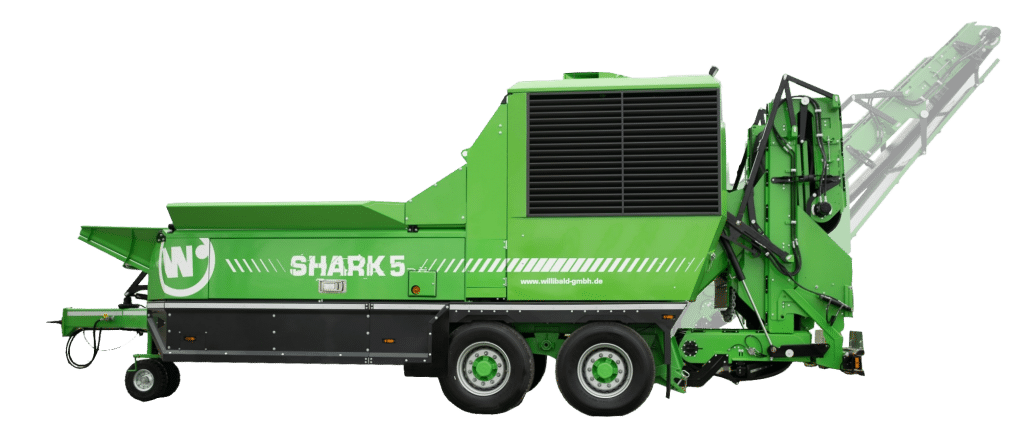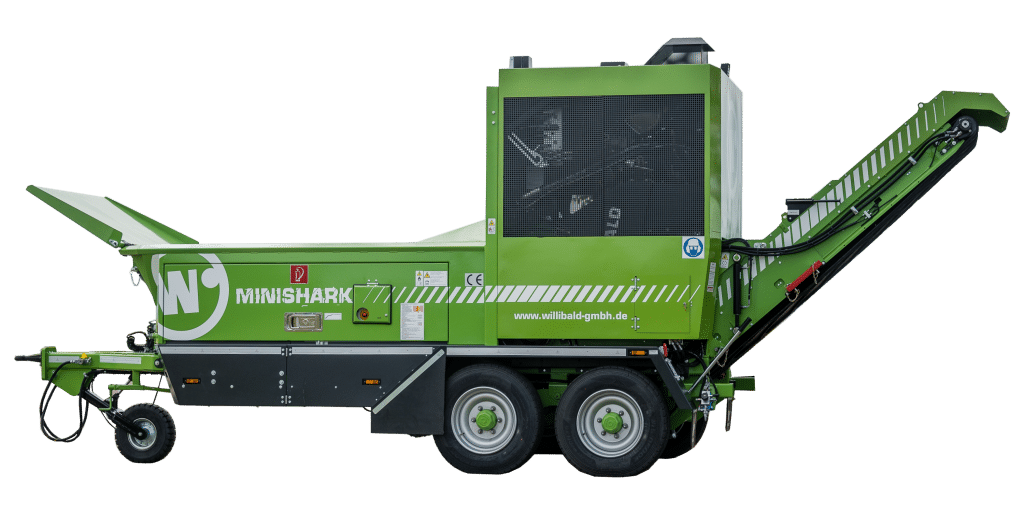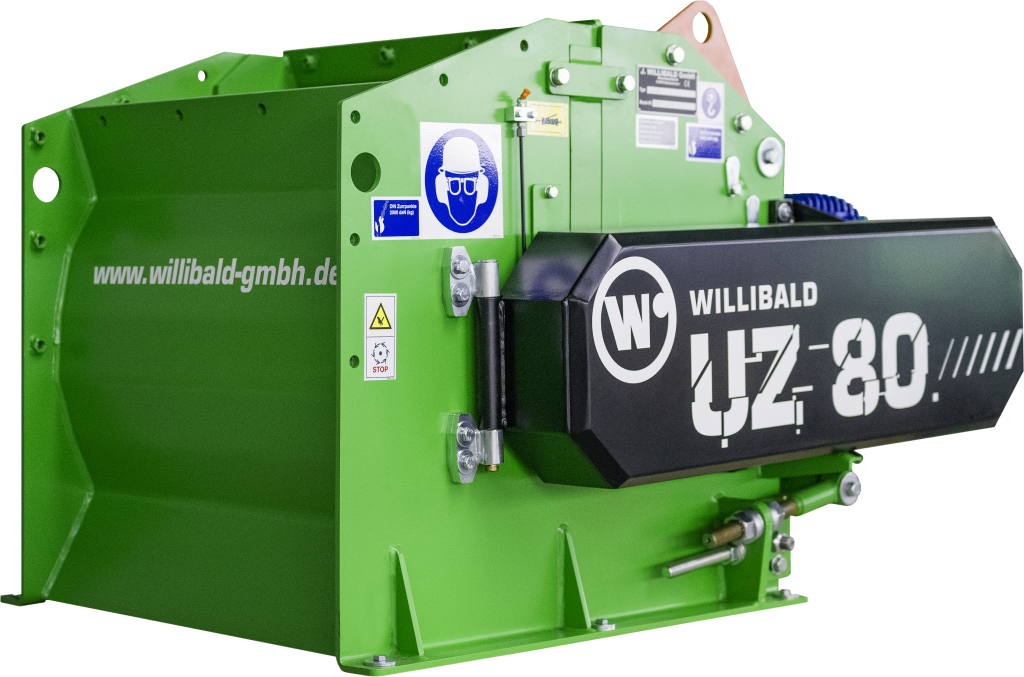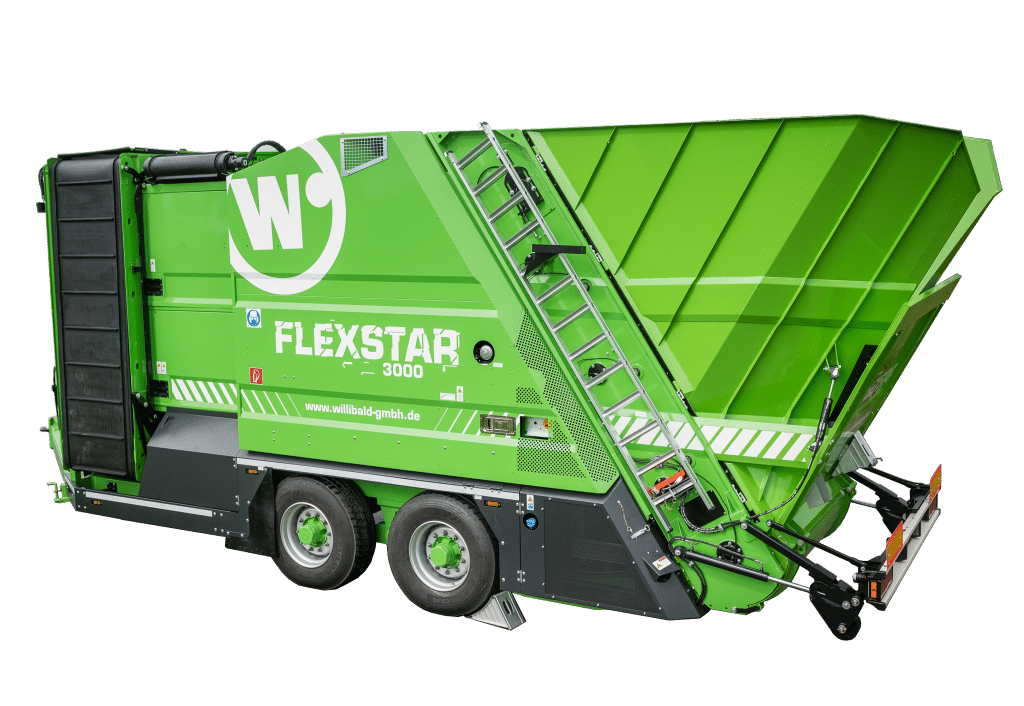Old wood refers to wood that had already served a purpose and is now available as waste for old wood disposal or as a secondary raw material. Old wood can be recycled, for example, for chipboards in the wood material industry or thermally.
Because of the different origins of old wood, old wood can be polluted by foreign substances to varying degrees.
For this reason, old wood is divided into four old wood categories in § 2 No. 4 AltHolzV (Old Wood Directive):
Old wood can be used both energetically and materially, whereby, in Germany, the energetic utilization prevails with about one third of the volume. Throughout Europe, about 34 % of separately collected old wood volumes were used energetically, about 38 % materially and the remaining 28 % were used otherwise, for example, by composting or as a mulch base.
Energetic utilization
In energetic utilization, old wood is relevant, above all, for incineration in biomass heating plants or biomass power stations for generating electricity and heat. Hereby, wood with A I old wood classification can be incinerated in all plant sizes, whilst A II to A IV wood can only be used in plants with more than 1 MW furnace thermal capacity. A II wood is approved additionally for incineration in small-scale furnaces of the wood-processing industry. A III and A IV wood incinerations require extensive exhaust gas purification technologies which are governed by the German Federal Immission Protection Ordinance (17th BImschV) and which only enable4 economical incineration as of 10 MW furnace thermal capacity due to the high technical expense.
Another energetic use is the incineration as a secondary fuel in furnaces which are fired primarily by fossil fuels (co-incineration). In Germany, this plays a role especially in the cement industry.
Material utilization
Old wood can be utilized materially in the wood material industry especially, whereby only A I and A II woods can be used untreated without restrictions. A III woods can only be used when paints and coatings are removed before use. Only very few plants for the processing of A III woods exist (in Germany only one). A IV and PCB-contaminated woods are not approved for further material utilization.
Processed old woods are used, above all, in the production of pressed wood moldings (pressed wood pallets), chipboards and, more rarely, in the manufacture of medium density fiberboards (MDF boards), whereby a total of between 1.7 and 3.0 million tons of old wood is processed accordingly in Germany annually. Old wood chips are also used in small quantities in niche applications such as in animal litter, e.g. in equestrian halls. In addition to these uses, the Old Wood Directive also allows for the use of old wood to manufacture synthesis gas as a raw material for the chemical industry or the manufacture of activated carbon or industrial charcoal (§ 2 No. 7 letter c AltHolzV (Old Wood Directive)).
Old wood is also used occasionally as a building material. Old wood is considered useful for the renovation of timber-frame buildings. Old wood is also used in new buildings now and again; the reasons for this being either aesthetic or ecological depending on the builder. Old wood is also used additionally to create a country-style impression for furniture or interior design. Here, the old wood is used either in its original form as beams, planks or boards or in the form of multi-layered boards with a covering layer of old wood. Old wood is supplied, on the one hand, through the lumber wholesale to joiners and carpenters, but also finds its way directly to end users through home-improvement centers, on the other hand.



